Hi Everyone,
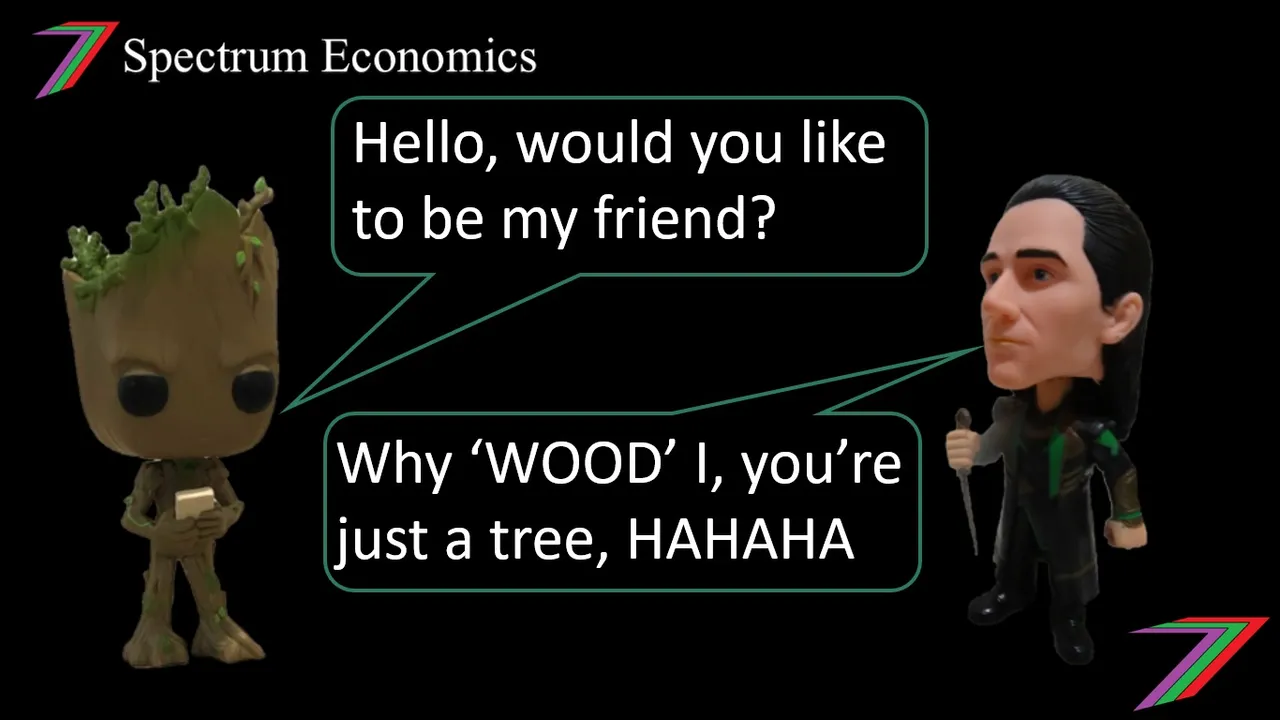
Prejudice and discrimination are two topics that often fuel debate, disagreement and conflict. These two terms are often used interchangeably but there are several important differences. In this post, I will be covering the basic differences as well as how prejudice can result in discrimination. Both prejudice and discrimination are often viewed negatively. I will discuss how these negative aspects are perceived and often exploited. In this post, I will avoid any explicit examples of prejudice and discrimination. Instead, I will use generic examples to demonstrate my points.
Defining ‘Prejudice’
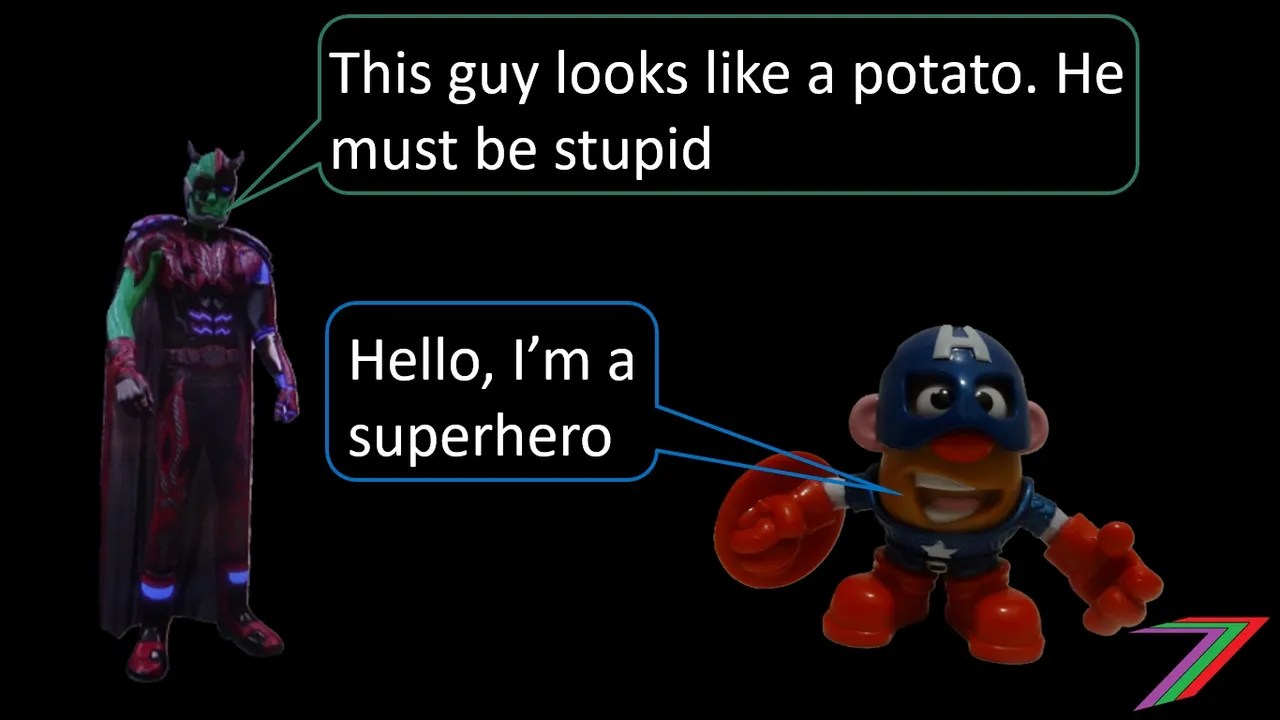
Prejudice: an unfair and unreasonable opinion or feeling, especially when formed without enough thought or knowledge (Cambridge Dictionary)
There are many different types of prejudice in the world. Prejudice can be based on gender, class, religion, occupation, disability, age, sexual orientation, race and many others. Prejudice is generally viewed as negative. This view is supported by the definition provided by the Cambridge Dictionary. Other dictionaries such as Collins and Oxford dictionaries have similar definitions, see below.
Prejudice is an unreasonable dislike of a particular group of people or things, or a preference for one group of people or things over another (Collins Dictionary)
Prejudice: an unreasonable dislike of or preference for a person, group, custom, etc., especially when it is based on their race, religion, sex, etc. (Oxford Dictionary).
These definitions also include preference for people, groups of people and things. Therefore, prejudice can relate to both negative and positive bias. For examples, associating groups of people with positive traits based on stereotypes.
Defining ‘Discrimination’

Discrimination: treating a person or particular group of people differently, especially in a worse way from the way in which you treat other people, because of their skin colour, sex, sexuality, etc. (Cambridge Dictionary).
The Cambridge definition focuses on the negative aspects of discrimination. Treating people differently because of appearance or belief is a form of discrimination. However, discrimination is a lot broader than this first definition. Companies discriminate between candidates before hiring. This type of discrimination could be based on which candidate is believed most suitable or qualified for a job rather than characteristics identified in the definition. Another example could relate to dating. John might choose to ask Sally out on a date rather than Jane. John is using a form of discrimination to determine whom ask out on a date even though he may not know anything about Sally or Jane other than their appearance.
Cambridge provide an alternative definition of ‘discrimination’.
Discrimination: the ability to judge the quality of something based on its difference from other, similar things (Cambridge Dictionary).
This definition focuses on objects rather than people. For example, someone choosing a cream doughnut instead of a jam doughnut. This definition does not carry the negative connotations of the first definition. I am guessing because it refers to objects rather than people.
The Oxford dictionary provides an alternative (second listed on the webpage) definition of discrimination, which could be applied to people, which does not carry the negative connotations. However, I find this definition to be vague.
Discrimination: (approving) the ability to judge what is good, true, etc. (Oxford Dictionary).
Discrimination is a common practice and often not based on prejudice and often not even relating to people. As an economist, I have discussed discrimination in relation to taste and preferences in several of my other posts.
Key differences between prejudice and discrimination
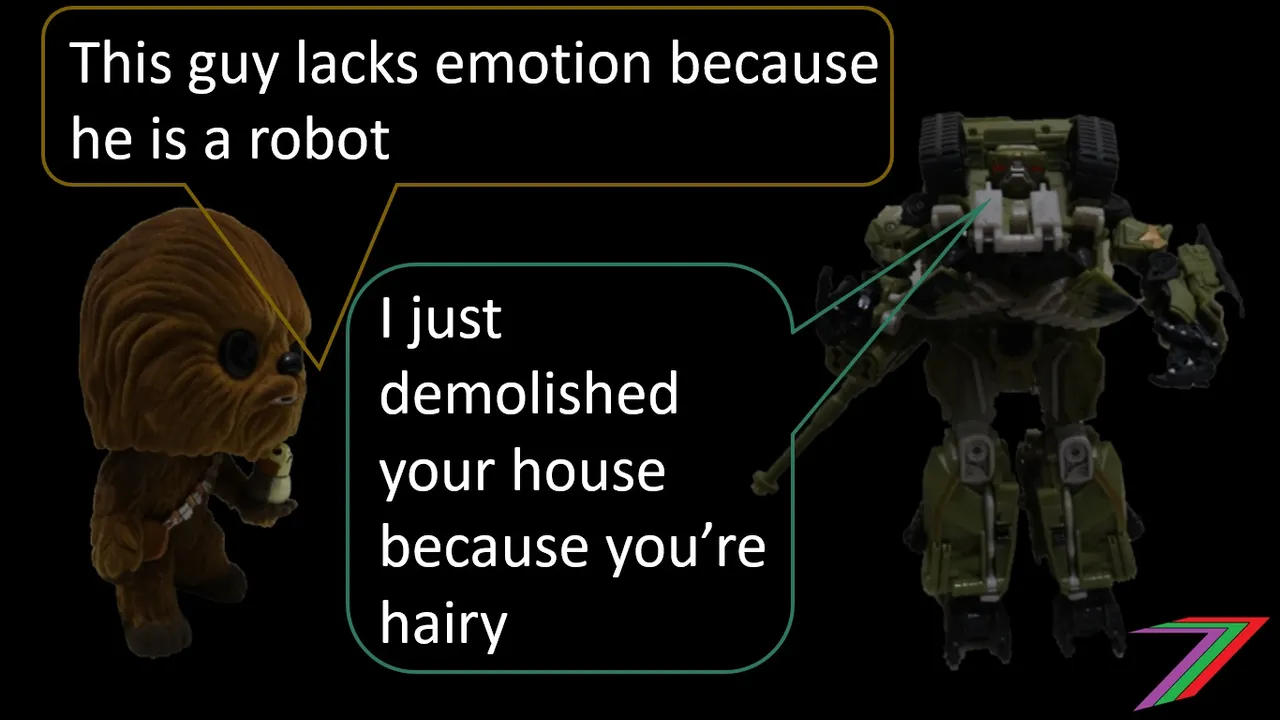
The key differences between prejudice and discrimination is action and logic. Someone could have a prejudice against someone or something but that prejudice does not become discrimination until it is acted upon. Prejudice is based on biased and incomplete information, whereas, discrimination can be founded in logic. In this post, I will be focused purely on discrimination that stems from prejudice.
Possible causes of prejudice and discrimination
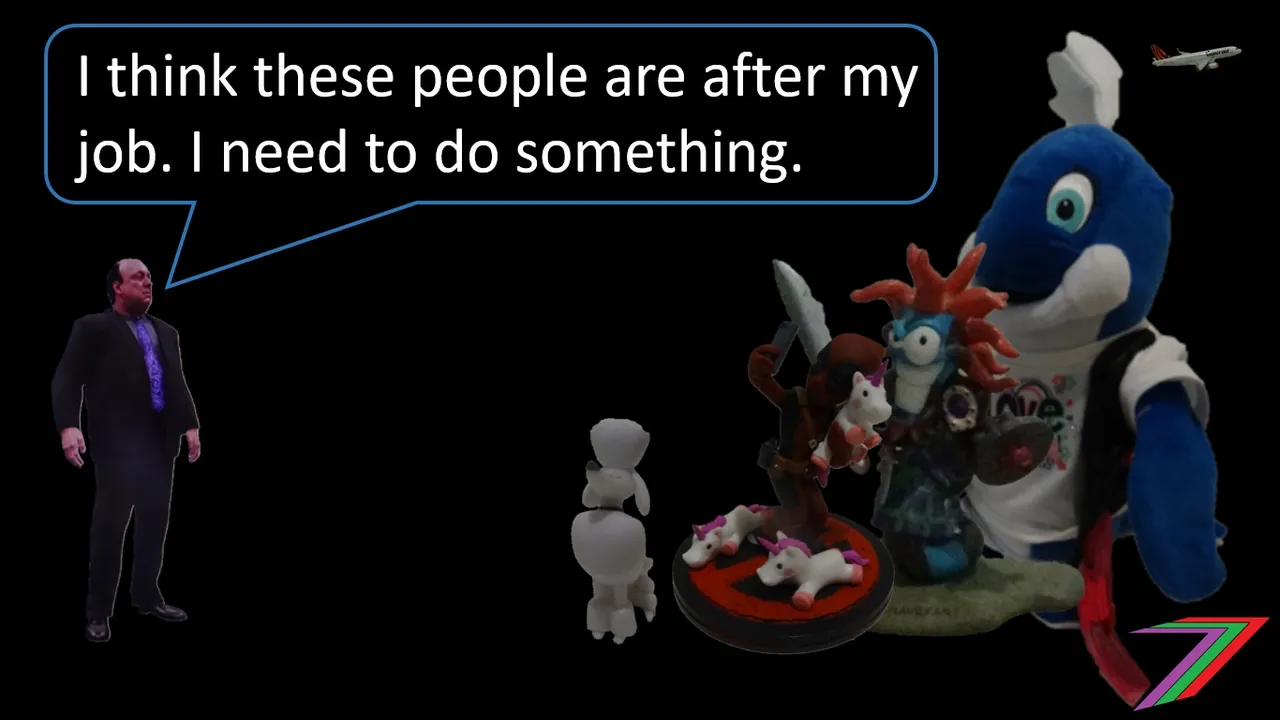
There are many reasons a person can become prejudiced. Reasons could include fear and insecurity, upbringing, culture, immaturity, jealousy, misinformation, and lack of exposure to information. It is also likely that everyone has or have had prejudices towards something or someone. Some people act on their prejudices. Other people seek further information, which could result in the dispelling of the prejudice or provide further reinforcement of it. Just because a feeling or opinion begins as a prejudice does not necessarily mean that there is no truth to it.
Types of discrimination
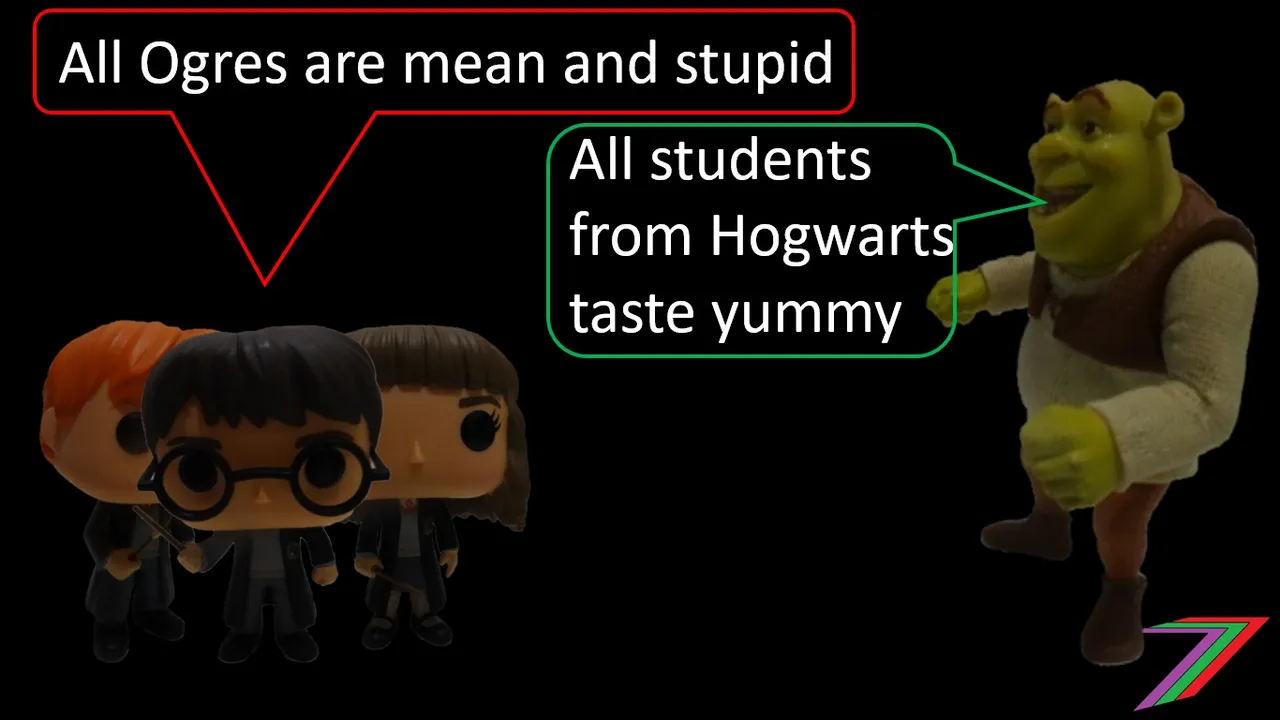
Acting on prejudice becomes discrimination. The types of discrimination that receives the most attention relates to discrimination against very broad groups. For example, a particular race, religion, gender, class, profession, nationality, and disability. This type of discrimination cannot be supported by facts as it covers such a large group of people. Discrimination gets its bad reputation based on these broad types of discrimination. However, discrimination can be limited to smaller groups. For example, particular clubs, families, teams, political parties, and schools. If these types of discrimination are based on experience from interactions or association with some of the members of these smaller groups, it is possible that such discrimination could have some basis. For example, you may have family members murdered by Nazis. This may cause you to have the opinion that all Nazis are evil. Such an opinion is still prejudice but does not fall under the same category as blatant racism.
Acts of discrimination

There many possible acts of discrimination. These acts can range from something minor such as obnoxious behaviour to something far more serious such as murder. Acts of discrimination can be either overt such as direct hate speech or covert such as deliberate exclusion from activities. Sometimes it can be difficult to determine if actions are discriminatory or coincidence. A person does not always act unfavourably towards someone because of prejudice. This ambiguity makes it easier for someone to discriminate against someone and claim these actions are based on other motivations. If someone consistently indirectly acts against a particular group of people, it is likely that this pattern of behaviour is based on prejudice.
Prejudice induced discrimination is bad?

Discrimination based on prejudice is almost universally treated as unfavourable. This negative attitude is mostly justified but can also be dangerous. The negative attitude can be justified, as prejudice is not based on fact but preconceived ideas. Discrimination based on prejudice is bad as people are treated differently based on information that is not likely to be accurate. The negative attitude is also dangerous as the worst types of discrimination are given the most publicity and exposure. When the words ‘prejudice’ and ‘discrimination’ are used, they come with examples of racism, sexism, and homophobia. Even dictionaries present the most negative definitions first.
Everyone has feelings and opinions that are prejudice. Most people act on these feelings and opinions but in small ways and often subconsciously. Most people do not perform extreme acts of discrimination such as murder, assault, arson or other violent actions.
Wrongly accusing of prejudice and discrimination

As I mentioned earlier in the post, acts of discrimination are not always obvious. Some people are good at disguising discrimination. Likewise, some actions could appear to be discriminating or an expression of prejudice when they are not. Sometimes the ambiguity can be used as a tactic to accuse people of acts of discrimination. For example, someone might criticise a particular group of people that consists predominantly of a particular race, religion or gender. The criticism could be genuinely about the group but could be interpreted as an attack on a particular group of people that are predominantly part of that group. This could be a mistake by the accuser or it could be a tactic to damage a person’s reputation.
Patterns of behaviour

Someone’s pattern of behaviour can provide a good indication if a person is discriminating based on prejudice or using discrimination as a tactic to attack another person’s character. A person who discriminates based on prejudice is likely to make a habit of doing so. Prejudice and discrimination is likely to show in other aspects of a person’s behaviour as well. For example, if a person made a comment that could be perceived as racist but that person also has close friends of that particular race, it would be unlikely that they have racist feelings towards that race, as that would be inconsistent with the friendships.
People that frequently attack others on ambiguous discriminatory behaviour are likely to be doing so as a tactic. Claiming others to be racist, sexist, or homophobic is often a successful strategy because behaviour and actions are often ambiguous and such types of discrimination are a sensitive topic for many people.
Authority and discrimination
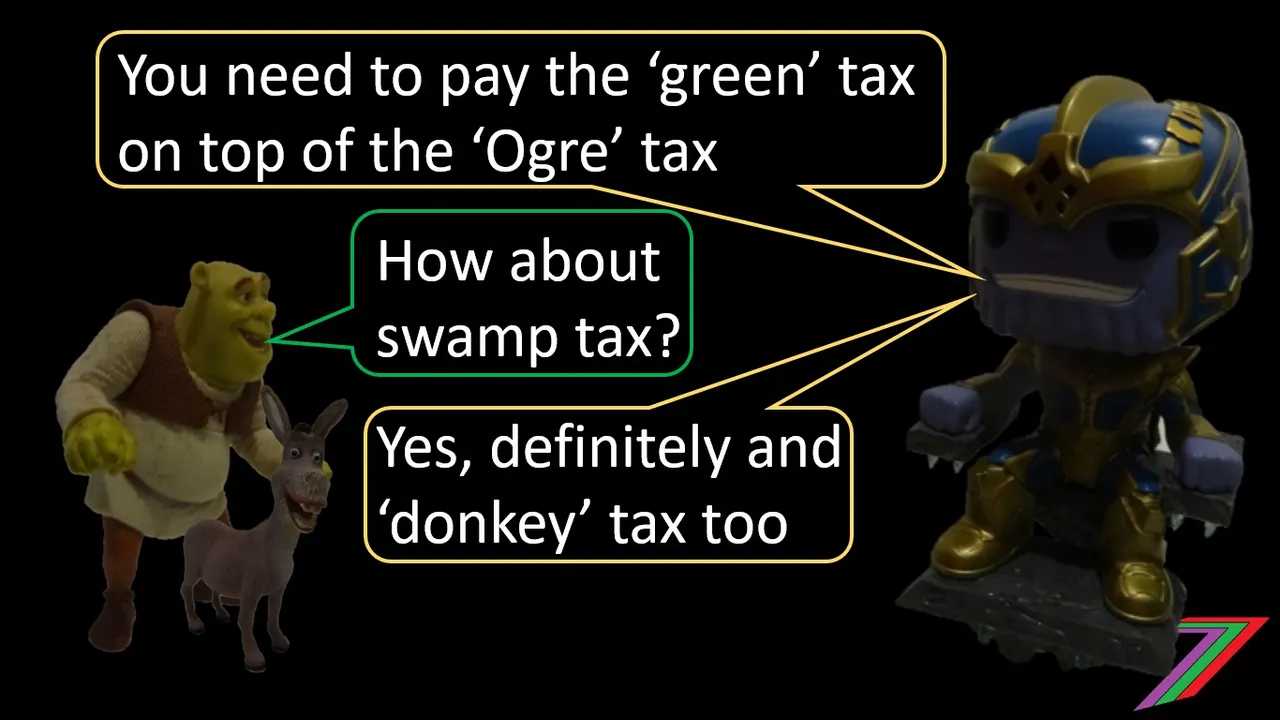
People in positions of power are able to practice discrimination against particular groups covertly as they have the resources to disguise their discrimination as other motives. For example, a Government can place more emphasis on the types crimes committed by one particular race and less emphasis on the types of crimes committed by another particular race.
Authority can make particular rule changes that prevent people from particular social backgrounds from joining a community. For example, an immigration requirement could involve passing a language test or stating proof of joining a religious group.
Government can make rules regarding health requirements that will prevent people with particular disabilities being able to migrate. For example, a health requirement could be based on average expected lifetime medical expenditure for a particular disability. Any person with a disability that has a calculated average medical expenditure above the required threshold will not be able to migrate even if that particular person’s medical expense has always been low.
Authority are generally looked upon to set an example of behaviour and conduct. When people in positions of authority use their power to discriminate based on prejudice, it sets a very poor example to the general population. Likewise, when authority use discrimination and prejudice as a method to attack others, people who look up to this authority may follow suit with similar accusations using similar grounds.
Summary

Prejudice induced discrimination is not a course of action anyone should want to follow. However, most people are guilty of some form of discrimination based on prejudice. This is very difficult to avoid, as we are emotional beings and can be swayed by the actions of a few. Most of our acts of discrimination are minor and sometimes inadvertent. However, there are people who act maliciously or incite malicious behaviour towards others based on their prejudices. These people are in minority but their actions are often highlighted creating the perception that the worst acts of discrimination are prevalent.
Prejudice induced discrimination is not always obvious. Motivations for discrimination can be disguised as other intentions. Actions that may appear as discriminatory based on prejudice might be motivated by other reasons. The strong stigma attached to discrimination and the often ambiguity of motivations makes it easier for people to discredit others by claiming that they are prejudice.
More posts

If you want to read any of my other posts, you can click on the links below. These links will lead you to posts containing my collection of works. These posts will be updated frequently.
New Economics Udemy Course
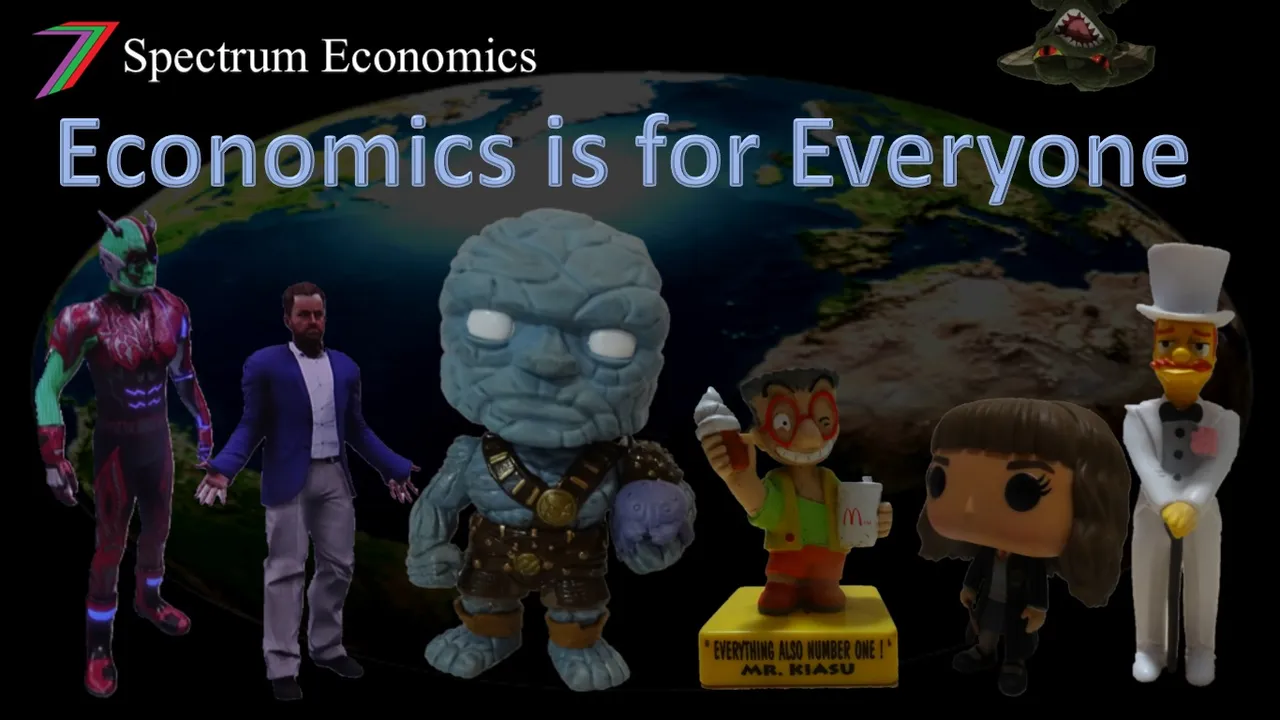
I have launched my first Udemy course ‘Economics is for Everyone’. The course focuses on how economics affects everyday people, the decisions they make and how they interact with the world around them. The course contains 24 video lectures (about 4 hours of viewing), 64 multiple-choice questions (3 at the end of most lectures), 32 downloadable resources (presentation slides, additional notes and links to relevant Steem posts), and 2 scenario questions. The course is currently free-of-charge. Click the link above to access the course.
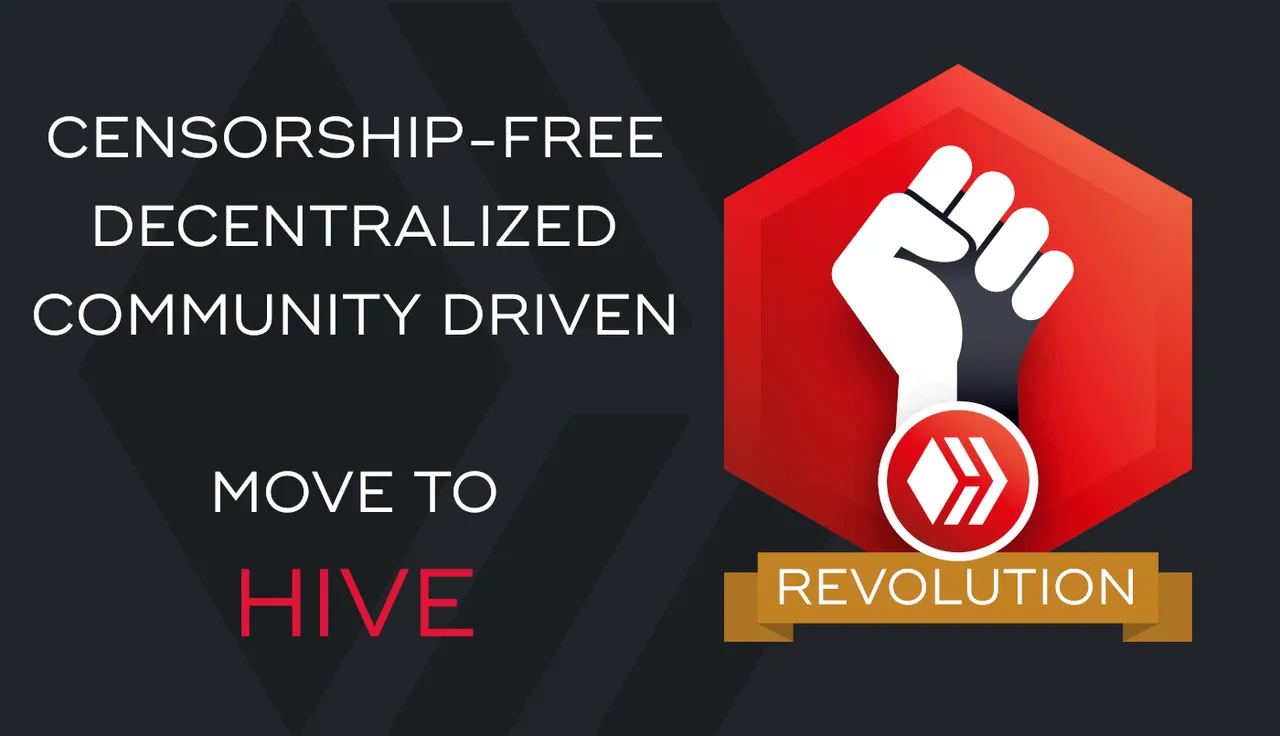



Steem - The Future of DApps




